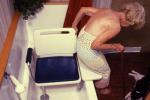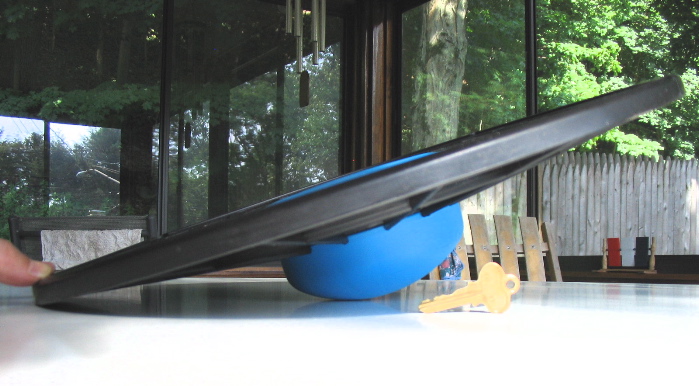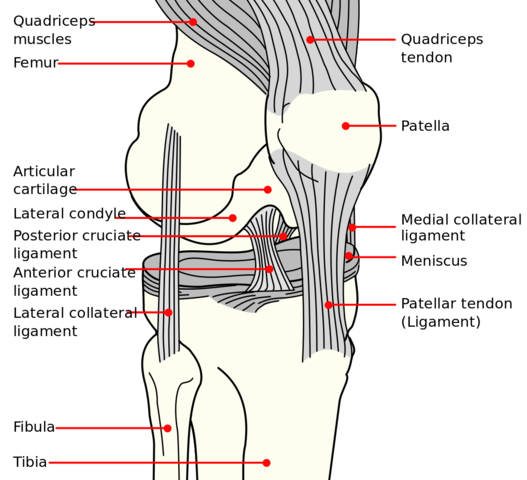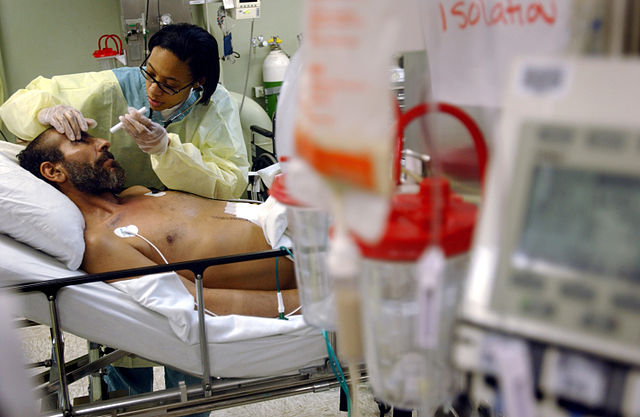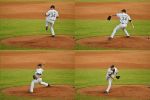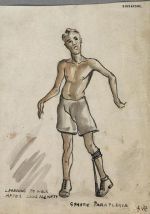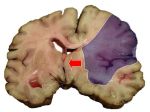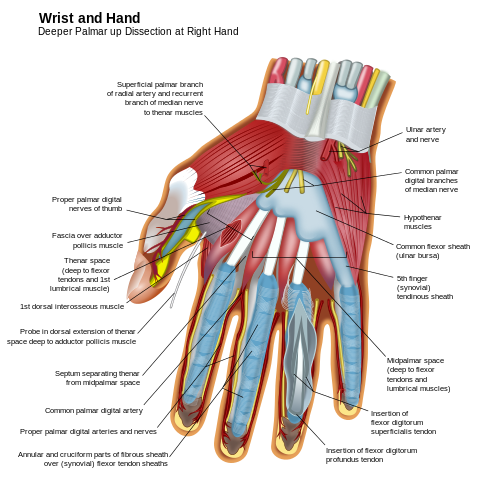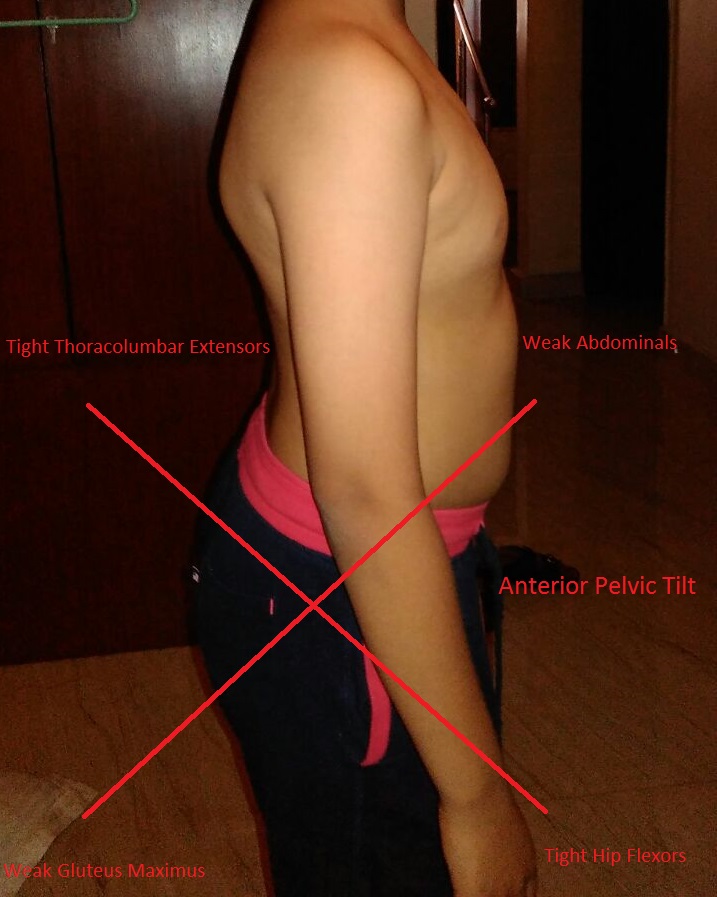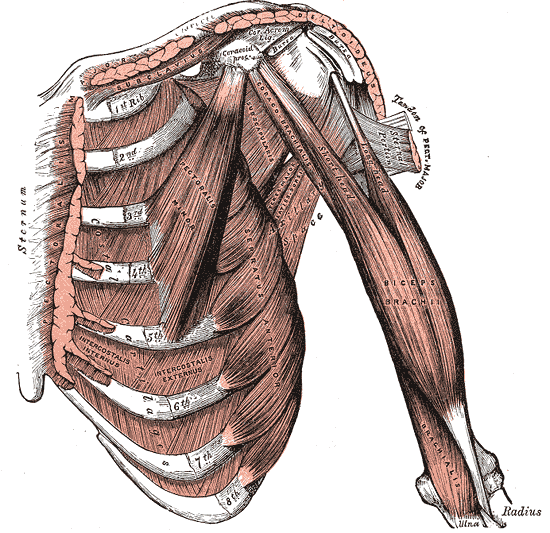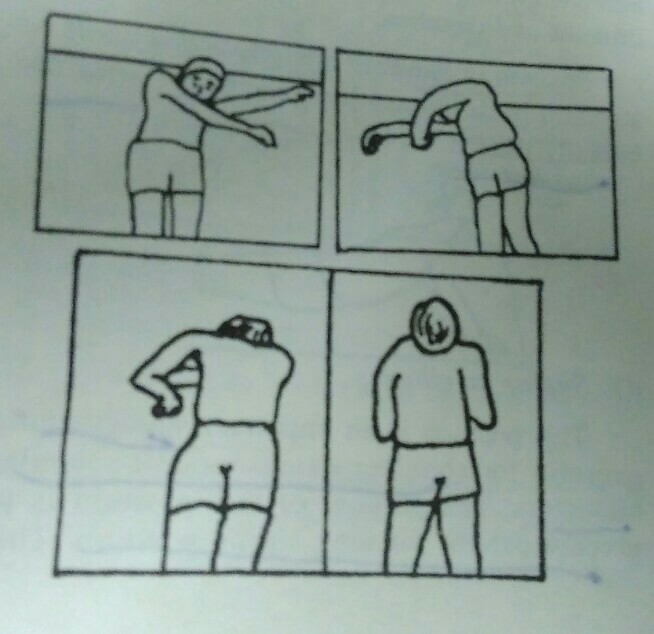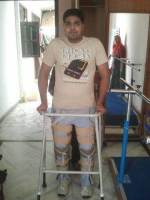Enhance your health with free online physiotherapy exercise lessons and videos about various disease and health condition
Physiotherapy Blog
The Physiotherapy Blog is a mini-journal about Physiotherapy. It.....
--Lets you know whenever any new web pages appear on Physiotherapy Treatment, telling you about a new disease or condition.
--Keeps you up to date with other postings or news about Physiotherapy.
--To obtain benefit click on "that orange button" to subscribe to your RSS feed....
Jan 05, 2020
Physical Therapy Abbreviations
Common Physical Therapy Abbreviations used in documentation
May 26, 2017
Pes Anserine Bursitis
Pes anserine bursitis (tendinitis) involves inflammation of the bursa at the insertion of the pes anserine tendons on the medial proximal tibia.
May 22, 2017
williams flexion exercises
Williams flexion exercises focus on placing the lumbar spine in a flexed position to reduce excessive lumbar lordotic stresses.
May 07, 2017
Tendinosis vs Tendinitis
Tendinosis is intratendinous atrophy and degeneration with a relative absence of inflammation; a palpable nodule may be present over tendon
Aug 28, 2016
Femoral Neck Fracture Physiotherapy
Post femoral neck fracture physiotherapy aims to improve strength and range of motion of the involved extremity. Establish independent gait without assistive device and minimize complications.
Aug 07, 2016
Wobble Board Exercises
Wobble board exercises has demonstrated to be effective in preventing ankle sprains by assisting in strengthening the muscles and ligaments, influencing reaction times, and restoring proprioception.
Aug 04, 2016
Patellofemoral Pain Syndrome
Pain to the undersurface of the patella is variously called anterior knee pain, chondromalacia patellae, patella malalignment syndrome and patellofemoral pain syndrome (PFPS).
Jul 26, 2016
Biomechanics of Throwing
The biomechanics of throwing motion is a dynamic activity that requires extremes of glenohumeral motion that place extraordinary stresses on the athlete.
Jul 20, 2016
extracorporeal shock waves
In 1980, the first patient with renal calculi was successfully treated with minimally invasive extracorporeal shock waves lithotripsy (ESWL).
Jul 13, 2016
Mini Mental State Examination
The Mini Mental State Examination (MMSE) is the most widely used screening tool for items such as orientation, registration, attention and calculation, recall, and language
Jul 10, 2016
Frenkel Exercises
Frenkel Exercises are a series of motions of increasing difficulty performed by ataxic patients to facilitate the restoration of coordination.
Jul 03, 2016
little leaguers elbow
Little Leaguers elbow is a common term for an avulsion lesion to the medial apophysis.
Jun 19, 2016
Decorticate Rigidity
A sign of corticospinal damage, decorticate rigidity is characterized by adduction of the arms and flexion of the elbows, with wrists and fingers flexed on the chest.
Jun 18, 2016
Decerebrate Posturing
Decerebrate posturing (decerebrate rigidity, abnormal extensor reflex) is characterized by adduction and extension of the arms, with the wrists pronated and the fingers flexed.
Jun 12, 2016
Jersey Finger
Jersey Finger represents rupture of the Flexor Digitorum Profundus. This usually happens when an athlete grabbing an opponent's shirt undergoes forced extension of the DIP while it is flexed.
Jun 07, 2016
Lower Crossed Syndrome
Dr. Janda described the lower crossed syndrome (also known as pelvic cross syndrome) as muscular imbalances between the deep abdominal musculature and the gluteus medius and maximus.
May 08, 2016
Intercostal Muscle Strain
Intercostal muscle strain is tear or rupture of intercostal muscles due to rapid movements that bend or twist the upper body suddenly.
May 01, 2016
Mat Activities
Mat activities are one of the most important parts of rehabilitation programme of SCI patients.
Apr 17, 2016
Walking After Spinal Cord Injury
Walking after spinal cord injury leads to large number of physiological benefits in the patient. Some of these are:


